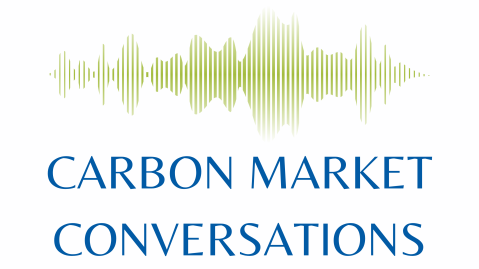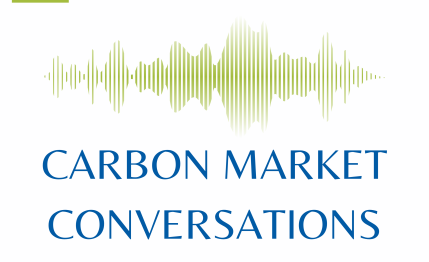Carbon Market Conversations - A Podcast by ICAP
Corps
The ICAP Secretariat is happy to announce the launch of "Carbon Market Conversations: A Podcast by ICAP", our new podcast giving insight into all things emissions trading and carbon pricing. Join our host Trevor Laroche-Theune as he meets with climate experts and practitioners in each episode to discuss their views on the latest emissions trading and carbon pricing developments and their impacts. Whether you are new to the conversation or a seasoned carbon pricing practitioner, ICAP's Carbon Market Conversations provides engaging discussions in an easily digestible format. Tune in to be part of the conversation driving positive change for our climate.
Image

Copyright
© ICAP
Lightbox Image (duplicate of Image)
Paragraphs

